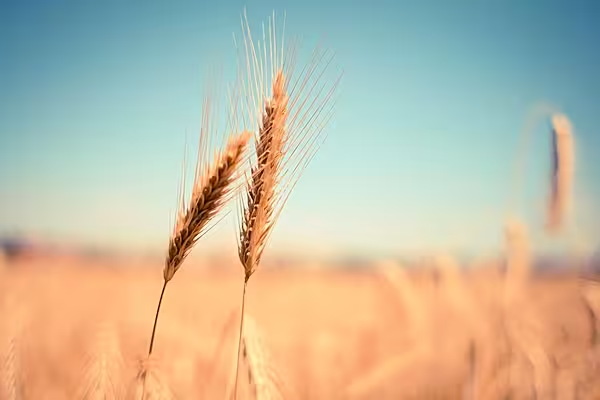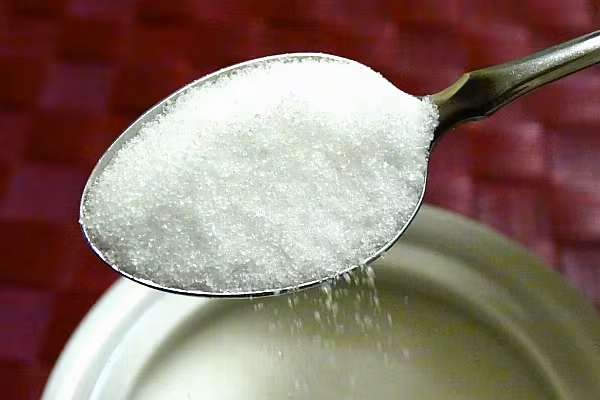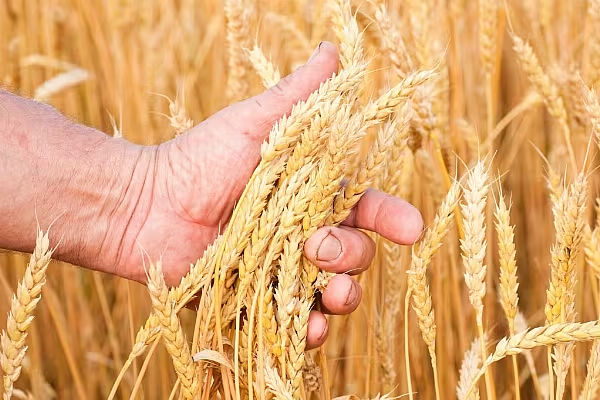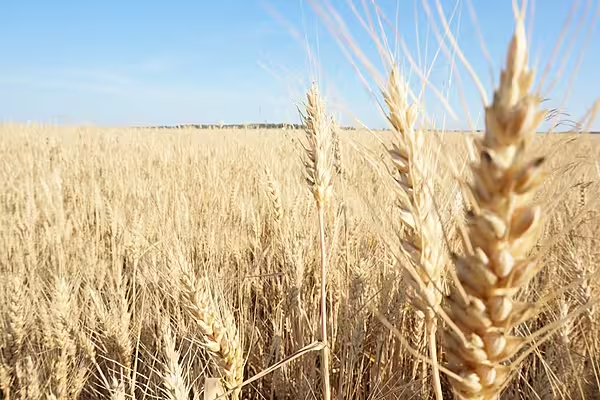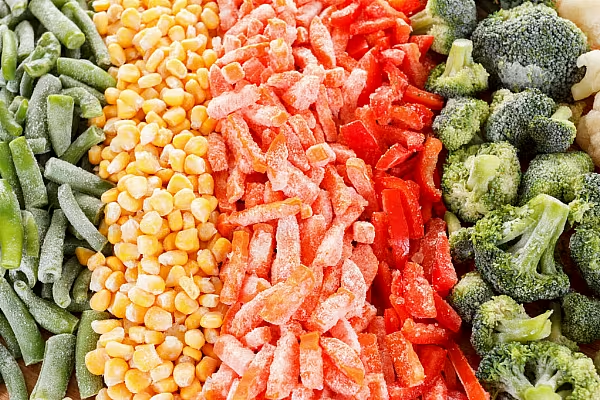David Schemm isn’t complaining that a deluge last month made soils too wet to plant corn because his 4,500 acres of wheat in west-central Kansas will probably be the best crop in four years.
“There were cracks in the soil and plants were starting to turn yellow because of the dry weather during the winter,” said Schemm, 44, who farms near Sharon Springs. “Survival of my crop was down to hours, not days.”
Rains in April worked to revive crop prospects across Kansas, the biggest US wheat producer, and helped farmers escape a second year of drought losses. In 2014, dry weather shrivelled plants and the harvest fell to the lowest since 1989. Production this season will probably jump 21 per cent to 298 million bushels, the first increase in three years, according to the average of 16 analysts surveyed by Bloomberg.
Wheat prices are near the lowest since July 2010 after bumper harvests in the European Union, Russia, Ukraine and India pushed global reserves to a five-year high. More world supplies mean that demand is waning for shipments from the US, the world’s top exporter.
Rains aided crops from Texas to Nebraska, and US production of hard-red wheat could climb as much as 15 per cent this year to 850 million bushels, according to Ryan Caffrey, the senior wheat merchandiser for CHS, the largest U.S. cooperative. Futures have slumped 40 per cent in the past year and traded at $4.995 a bushel on the Chicago Board of Trade on Monday.
Bloomberg News, edited by ESM

